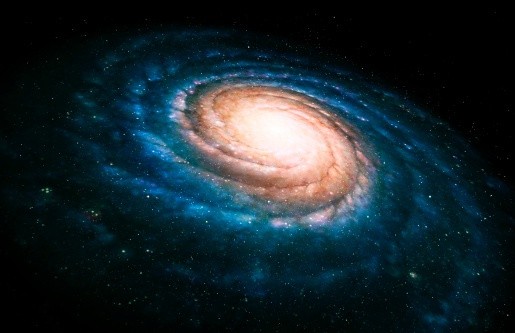The James Webb Telescope, after years upon years of research and development, is now fully deployed and ready to show us the deepest secrets of the cosmos.

In a fanfare-filled launch on Christmas Day, the new age space telescope begins its mission to take a closer look at the universe's oldest stars and galaxies, writes Space.com. But what, exactly, will be the most amazing things it will look for?
Here is a rundown of the Webb space telescope's potential discoveries, and a short explanation as to how it will make the aforementioned discoveries.
The Oldest Stars And Galaxies Ever Discovered
If you remember your basic physics class, you will know that light travels at a constant speed: a blistering 186,000 miles per second. You will also know that galaxies will emit a lot of light due to the stars they contain. But since the universe is so unimaginably vast, that light will take millions-even billions of years-to reach astronomers here on Earth.
In simpler terms, the farther something is out in space, the older it is. If you say that a galaxy is, say, 13 billion light years away, you're actually seeing it 13 billion years in the past because it took the galaxy's light 13 billion years to get to Earth.

The Hubble Space Telescope was able to detect light that took 13.3 billion years (almost as old as the entire universe itself) to reach Earth, according to Vox. This meant that Hubble was able to see a galaxy that first formed and lit up only 400 million years after the Big Bang.
But with Webb, scientists will be able to peer so much farther: 250 million years after the Big Bang, to be exact. Literally, we will be able to look at the "very first stars to ever turn on," according to University of Texas at Austin astronomer Caitlin Casey.
Read Also : NASA James Webb Space Telescope First Image Will Have to Wait For Months-No Cameras Yet?
An Unprecedented Closer Look At Exoplanets, As Well As Earth's Neighboring Planets
In a report by CNN, it was revealed that among Webb's biggest missions will be to provide a much closer look at Earth's neighboring planets, even specific exoplanets.

With the power of the Webb space telescope, astronomers will get to peer into the atmospheres of these planets with almost unheard of detail. Scientists will then get to see what makes up the atmospheres of these planets, which can help determine whether a specific exoplanet is potentially habitable or not.
Can The James Webb Telescope Find A 'New Earth'?
Astronomers have been on the hunt for Earth 2.0 for so long. But maybe with the power of the Webb space telescope, discovering such a planet is well within our current lifetimes.
Finding an exoplanet similar to Earth is reportedly the ultimate goal of Webb, according to The Conversation. The only problem is that spotting such a planet can be impossibly tricky, due to the specific combination of circumstances that must pass.

Up To The Task
The James Webb space telescope is a marvel of engineering that does have a tough act to follow with Hubble. However, it is far better equipped, which makes it more than up to the cosmic task at hand.
This article is owned by Tech Times
Written by RJ Pierce
ⓒ 2025 TECHTIMES.com All rights reserved. Do not reproduce without permission.




